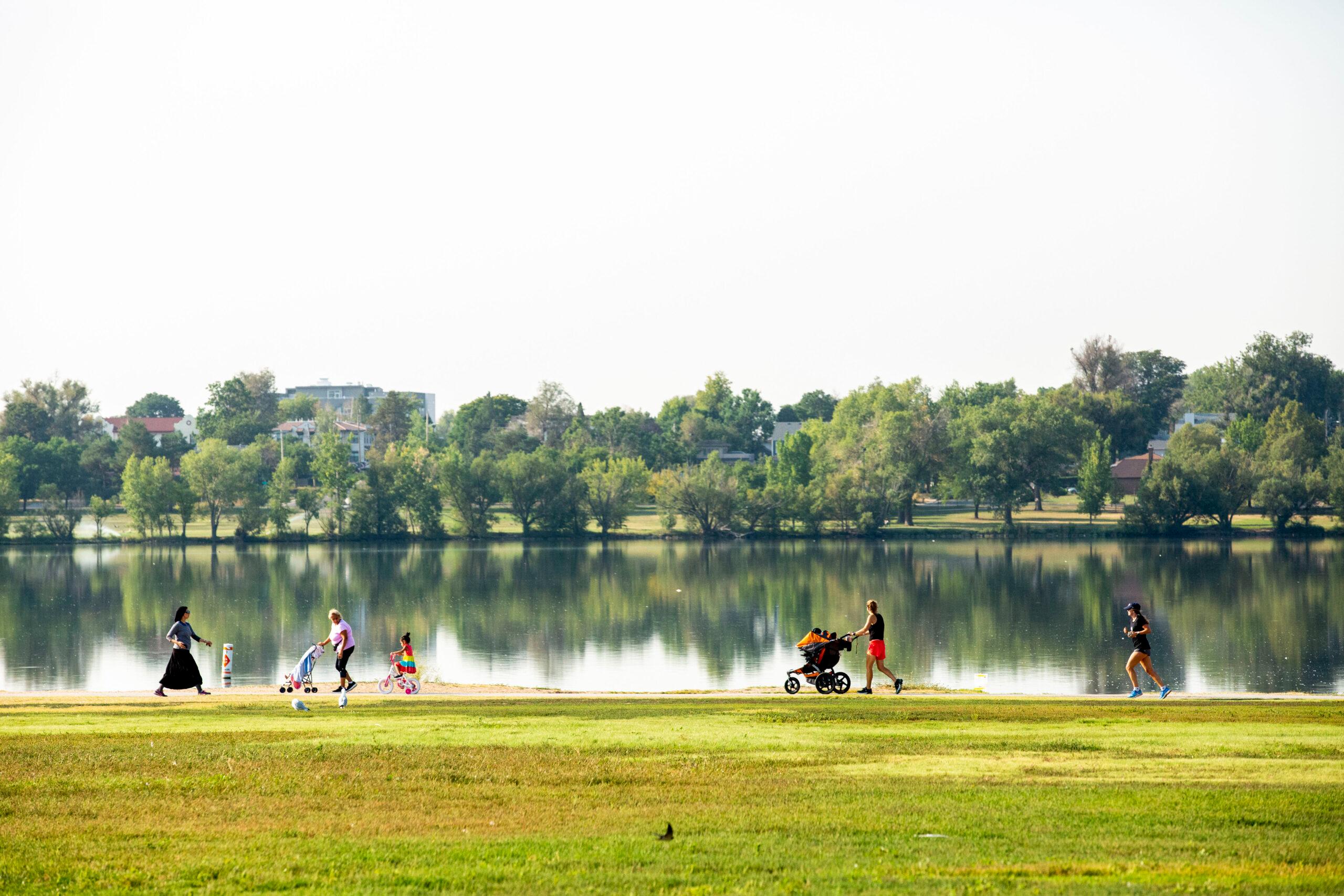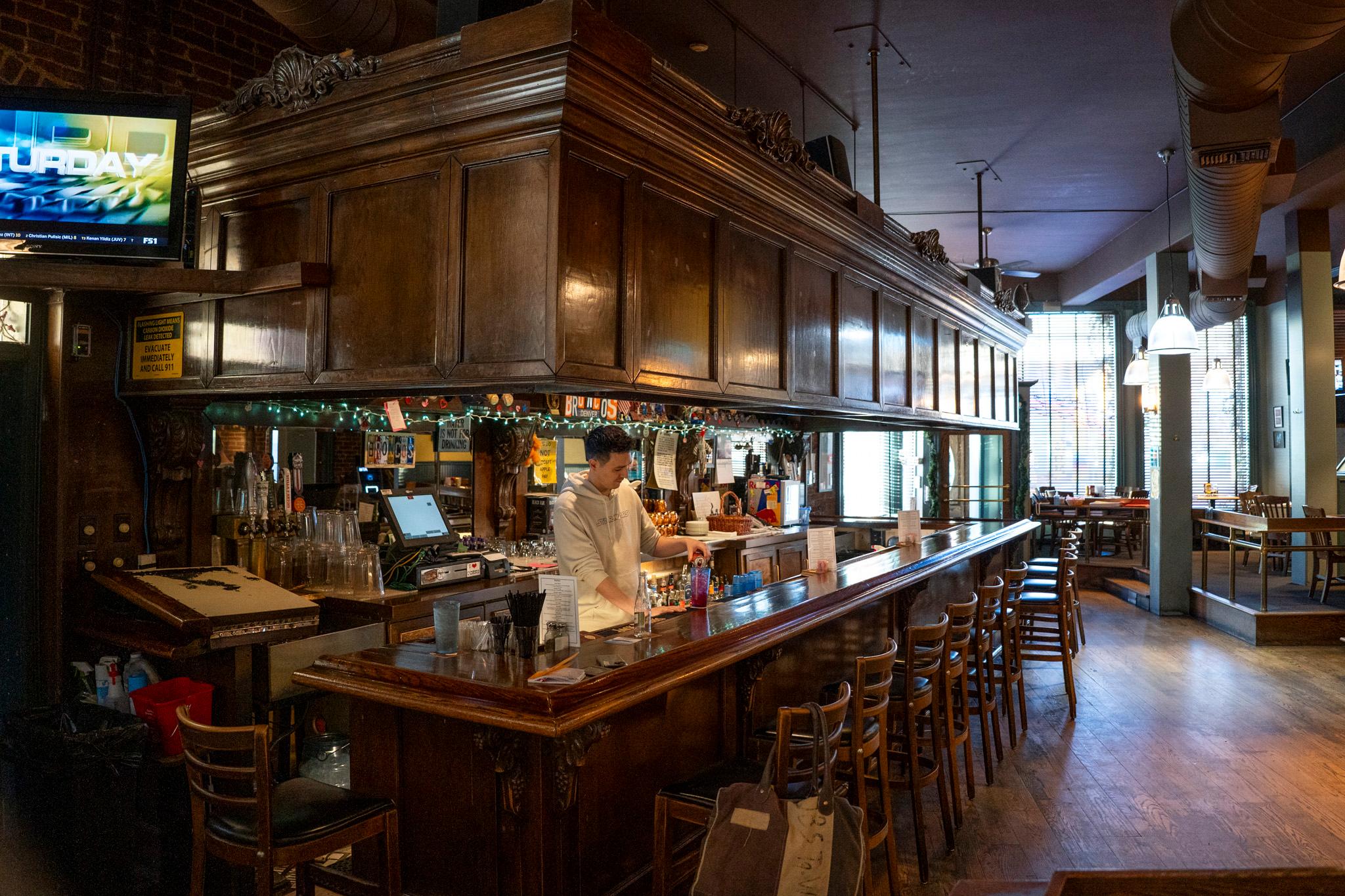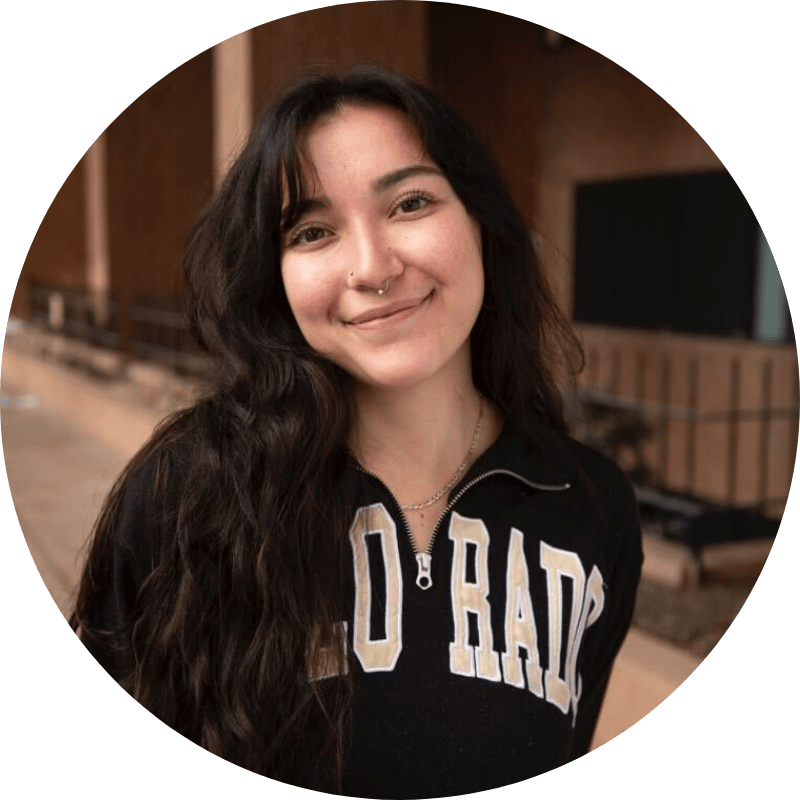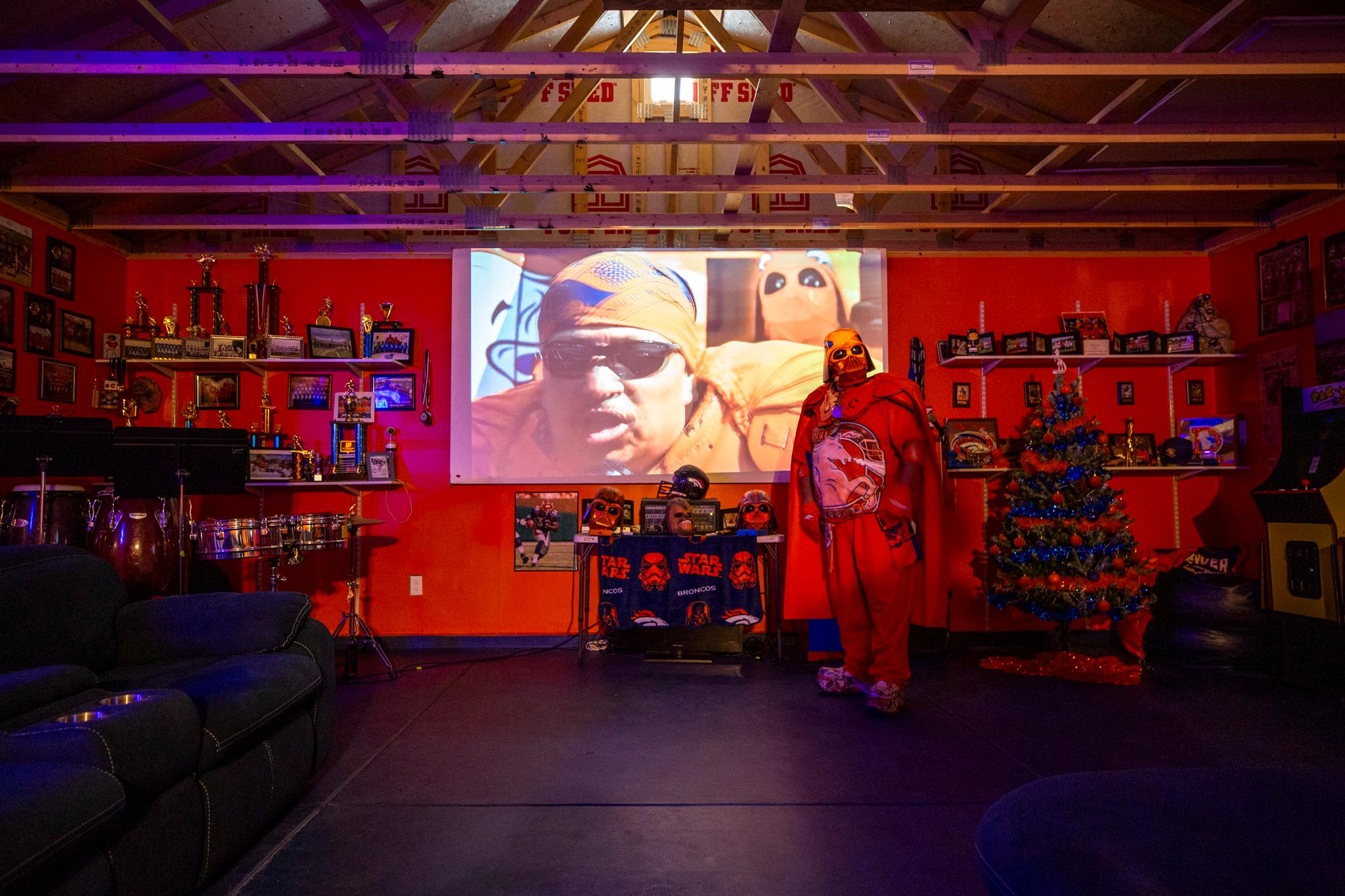As City Council prepares to vote on whether the entire Chaffee Park neighborhood should be zoned to allow accessory dwelling units, Councilwoman Amanda Sandoval is checking with residents of Sloan's Lake to see if ADUs-for-all is right for that part of her northwest Denver district.
In addition, council members Chris Herndon and Amanda Sawyer are using the model that Sandoval created for Chaffee Park to explore rezoning the East Colfax neighborhood, which crosses into both their districts, to allow ADUs,
There is clear interest across the city in allowing ADUs, also known as in-law flats or carriage houses. So why won't the city just allow any homeowner in Denver who wants an ADU to have one?
City zoning regulations currently allow one ADU per lot in 25 percent of Denver. People in the remaining 75 percent who want an ADU can petition city council for a zoning change for their lot, for a fee of $1,000 and the unquantifiable costs of dealing with the red tape involved. Such requests are generally approved by city council, with members often pointing to the Blueprint Denver they adopted last year. Blueprint Denver, a policy document laying out how land should be used and transportation planned as the city grows, recommends taking steps to lower zoning and other barriers so that ADUs can be built in residential areas of a city whose housing stock is dominated by lots with single-family homes. While some Denver residents have expressed concern that more ADUs could lead to crowding and drastic change, Blueprint Denver portrays ADUs as a gentle way to add affordable housing options and as a possible "wealth-building tool for low- and moderate-income homeowners."
Small ADUs share lots with larger traditional homes. They can be built over a garage, in a basement, or stand alone in a yard. ADUs in Denver can't be taller than one and a half stories and must be located in the rear third of a lot.
A citywide ADU rezoning could be initiated by a council member or by Community Planning and Development, the department that wrote Blueprint Denver.
Once a proposal is put together, it would have to be approved by city council.
In an email, Community Planning and Development spokeswoman Laura Swartz said a project was planned next year to develop citywide zoning amendments to realize Blueprint Denver's housing recommendations. Swartz said that would include allowing more housing options such as ADUs.
"Amending the zoning code is also always a public process, where we do considerable outreach, continue to work with the community groups who were involved in the plans, and incorporate additional public feedback in order to write the precise language of the zoning code change," Swartz said.
Big zoning changes don't happen fast. Swartz's department is busy now with another zoning project, a proposed amendment of how the zoning code regulates group living arrangements, including increasing the number of unrelated people who can share a home and allowing halfway houses and shelters to be located in more neighborhoods. That proposal has taken more than two years of planning and public discussion and is not expected to be voted on by city council until next year.
As the council member to whom others are turning for guidance on ADUs, Sandoval would seem a natural candidate to lead any citywide effort on ADUs.
"I don't have the bandwidth, to be honest. If I did, I would do it," Sandoval said, adding that in addition to zoning, she and her staff were busy with such issues as a bid to change the name of Sunnyside's Columbus Park to La Raza.
The full city council is scheduled to vote Nov. 9 on Sandoval's Chaffee Park proposal. If it passes, it would be the first time an entire neighborhood would be rezoned for ADUs.
Last week as the city council Land Use and Transportation Committee voted to move the Chaffee Park ADUs proposal to the full council, Herndon said he did not see why homeowners should have to go through individual rezonings. After consulting with Sandoval this summer, Herndon and Sawyer were in the early stages of surveying East Colfax residents about their interest in ADUs.
Sandoval and her aide Naomi Grunditz, who is a city planner, began working on the Chaffee Park proposal after residents came to the councilwoman with the request for the rezoning soon after she took office last year. With help from the Chaffee Park neighborhood association, Sandoval and Grunditz held a series of neighborhood meetings about the proposal, distributed leaflets throughout Chaffee Park, and conducted a survey to gauge support.
Sandoval began a similar process for Sloan's Lake this summer after determining that most of the individual ADU rezonings being requested in District 1 were by Sloan's Lake homeowners.
Already, about 38 percent of the properties in Sloan's Lake are zoned for ADUs, and many of its surrounding neighborhoods allow ADUs, Grunditz said.
Sandoval and Grunditz are not working with a neighborhood association this time because the Sloan's Lake groups were not as organized as the one in Chaffee Park, Sandoval said. As of Thursday, 206 people had responded to an electronic survey about ADUs in Sloan's, with nearly 70 percent saying they supported a rezoning, Grunditz said.
Grunditz has appeared before one neighborhood group to describe the proposal, and she and Sandoval have organized two community meetings of their own, all virtual. During one meeting, on Sunday, several homeowners took the opportunity of having the city's top zoning official, Tina Axelrad, in the digital room to ask her to check whether their lots allowed ADUs. Axelrad gamely complied.
Sandoval said she heard concerns during the Sloan's Lake community meetings that allowing ADUs would strain parking and public works infrastructure. Grunditz noted during the meetings that family sizes have decreased over the years.
"These neighborhoods were actually built to accommodate a lot more people than are currently living there," Grunditz told participants in Sunday's meeting.
She acknowledged, though, that car ownership has increased, so parking was "definitely something to think about."
Similar concerns were raised in Chaffee Park. Sandoval did not go ahead with the Chaffee Park proposal until she was sure it had been embraced by most of the residents. Sandoval was taking the same approach in Sloan's Lake, and said more community meetings would be held, more survey results compiled and more flyers distributed over the next few months before she decided whether to move ahead.
"I don't want to have a divided community coming before council," she said. "My goal in doing this is to create a different type of gentle density and hopefully a different type of housing stock. I'm not attempting to change the built environment. I'm not attempting to change the character" of the neighborhood.













